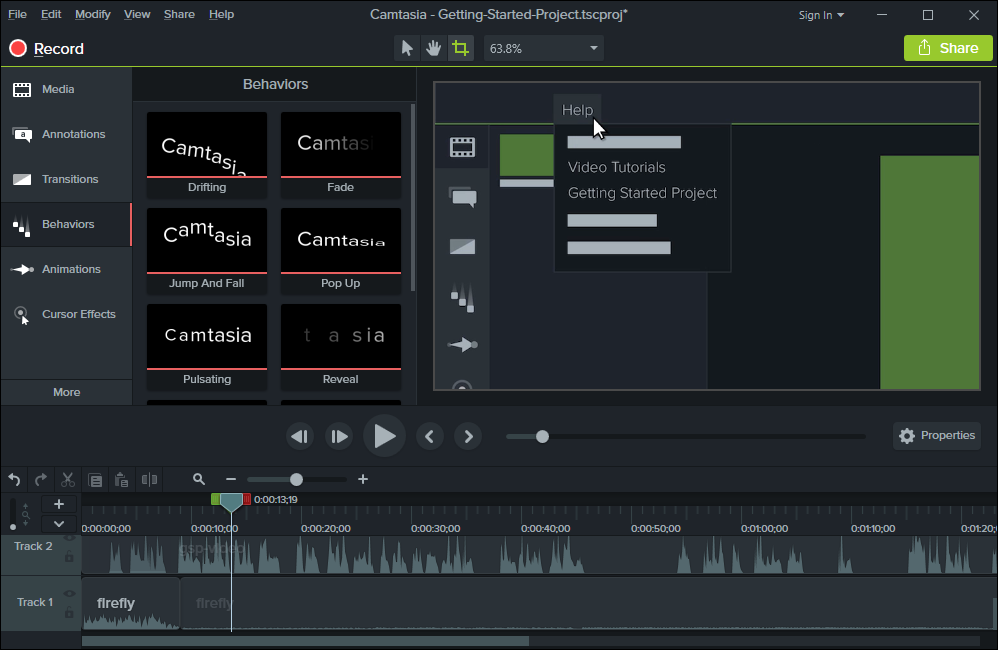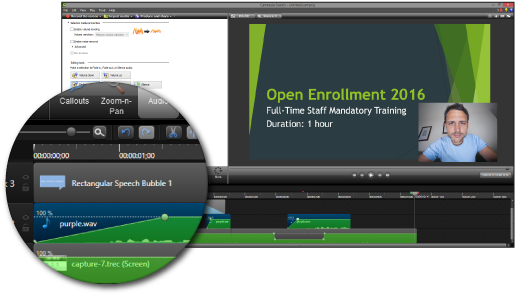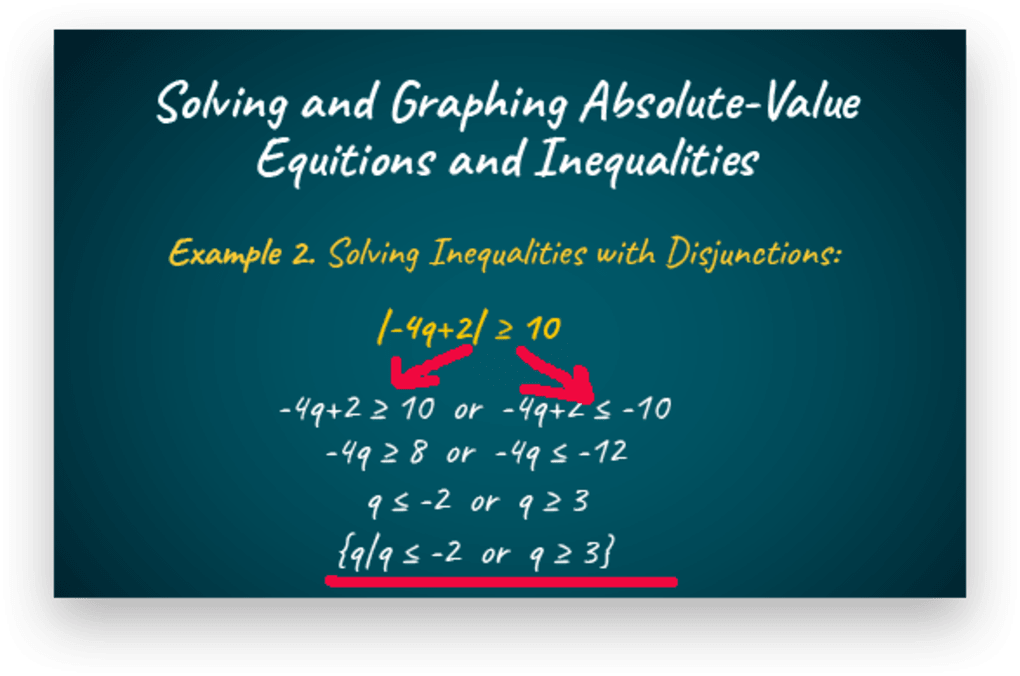

A storyboard tab provides quick access to slides in the project, while a preview icon enables the developer to view the content in the project, the current, or the next five slides.Ĭamtasia and Captivate 2 use different procedures for screen captures. Whenever an item is inserted into a slide, it is automatically added to the library. A feature added in the release of Captivate 2, the Project Library, lists all the media and objects used in the project and enables developers to easily drag and drop objects from the library onto a slide. Content can be inserted into a slide through the Insert menu at the top of the main interface. Audio and video media can be synchronized by adjustments to the timeline. Timelines in Captivate 2 have separate tracks for storing content such as animations, Flash video files, mouse movements, highlight boxes for spotlighting areas in a slide, and click boxes for directing users to a different slide or URL. Captivate 2 allows a user to easily change the pace and control the timing of objects such as visual and audio components through a timeline in each slide.

A storyboard enables developers to quickly locate screen recordings, transitions, title slides, and other content of the file. In Captivate 2, presentations and simulations are displayed in a slide show format ( Figure 2). Developers use a preview window for viewing media stored in the timeline and individual clips stored in the clip bin. Camtasia's timeline provides tracks for multiple video and audio recordings and other content such as quizzes and captions. Different forms of media are separated into tracks in the timeline. To add media to a project, the developer drags content from the clip bin into the timeline.

Screen recordings, video from a web camera, audio from a microphone, and imported media are stored in an unedited form in a clip bin. Full-motion screen recordings are captured from a selected region of the screen, a specific window, the entire screen, or a PowerPoint presentation.

Camtasia's process of creating a presentation ( Figure 1) is much like creating a movie, and components of its interface are similar to those found in video applications such as Windows Movie Maker and Adobe Premiere.


 0 kommentar(er)
0 kommentar(er)
